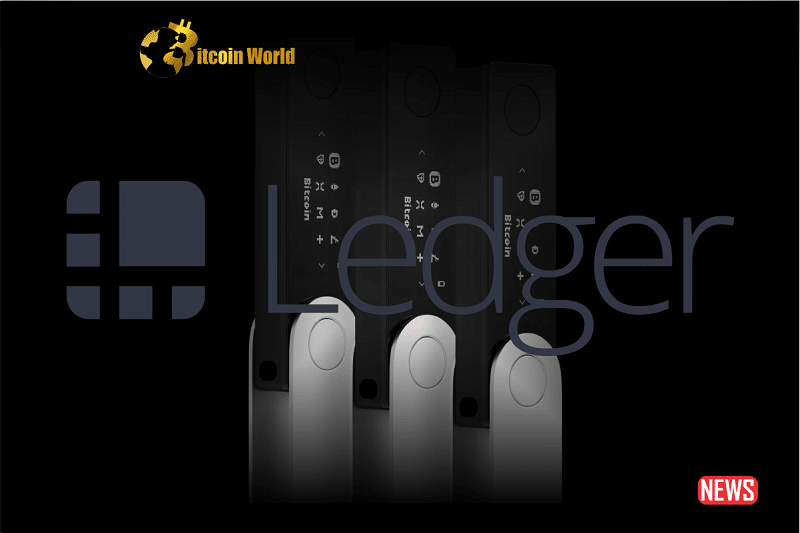In a surprising turn, Ledger, a prominent hardware wallet provider, faced backlash and quickly retracted its decision to implement a controversial firmware update on its Nano X product. Responding to the uproar from the Web3 community, Ledger committed to open-source more of its codebase, starting with its core operating system and the contentious Ledger Recover update.
Ledger’s initial aim was to simplify self-custody for users by enabling easier recovery of private keys by backing seed phrases in three shards across three platforms. However, this move caught the pro-privacy and pro-autonomy Web3 community off guard and backfired significantly. Although Ledger’s CEO initially defended the decision, public opinion criticized it.
This incident highlights the importance of not compromising security for the sake of user experience, especially within the Web3 community. Ledger’s experience demonstrates that blockchain companies positioning themselves on the wrong side of this balance will alienate Web3 users, regardless of the product’s usability.
Why did Ledger’s proposed model generate such controversy within the crypto community? Cold wallets, known for their high security, were undermined by the proposed Recovery feature in several critical ways. Firstly, the opt-in recovery service would require users to go through “know your customer” (KYC) procedures, potentially exposing their ID information to bad actors and creating a new attack vector. Secondly, the feature fragmented users’ seed phrases across three platforms, some undisclosed, leaving users unsure of which third-party provider to trust.
While Ledger still enjoys considerable trust within the Web3 community, these undisclosed third parties and the lack of transparency in the technology raise concerns. Ledger’s commitment to open-source the technology is a step in the right direction, but until then, doubts will persist.
Furthermore, Ledger’s Recovery feature fails to address the inherent single-point-of-failure issue associated with hardware wallets. Despite offering a backup option, generating a single private key remains vulnerable. Shard distribution and recovery do not eliminate the risk since the key is still a single entity.
Is there a way for Ledger to have avoided this fiasco? Striking a balance between user experience and security is challenging but achievable. Multi-party computation (MPC) wallets offer a compelling alternative. The simplicity and enhanced security of MPC protocols, which generate encrypted key shards for multiple parties, eliminate the single point of failure risk. Compatibility with other wallets also ensures a seamless blockchain experience for users.
While there are limitations and costs associated with MPC wallets, such as higher performance requirements and potential network inefficiencies, the key takeaway from Ledger’s situation is clear: prioritizing security over user experience is paramount. Additionally, the incident underscores the enduring power of the decentralization narrative within the Web3 community, emphasizing its dedication to openness, collaboration, and community values.














